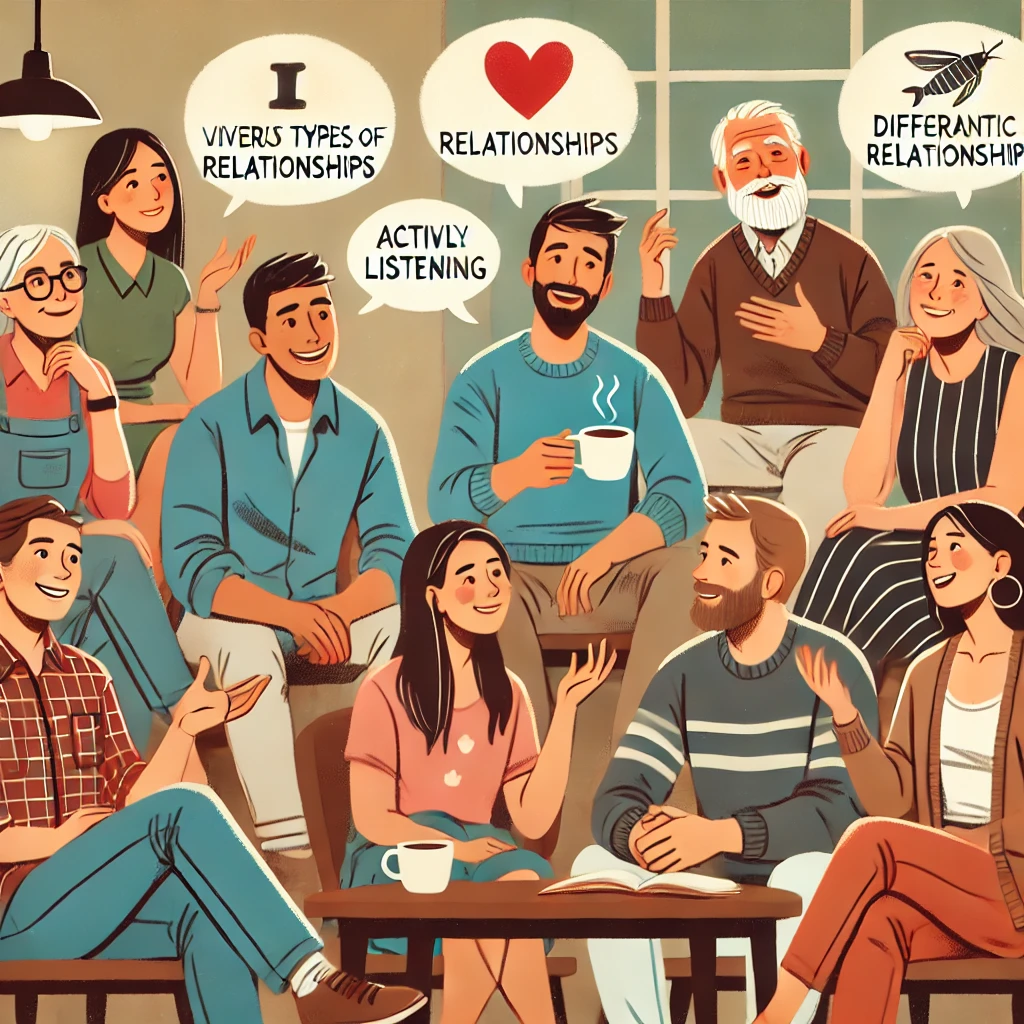Love and relationships are as diverse as the people who experience them. As society evolves, so too do our perceptions of what relationships can be. This article explores various types of romantic relationships, from monogamy to polyamory, and the dynamics, challenges, and rewards they bring. Whether you’re single or in a relationship, this comprehensive guide offers insights into the myriad ways love can manifest.
Classic Love Story — Traditional Monogamy
Benefits of Monogamy
Monogamy, the exclusive romantic relationship between two people, has long been the cornerstone of many societies, rooted in cultural heritage, religious beliefs, and legal frameworks. Monogamous relationships offer a sense of security and trust, fostering deep emotional connections, support, and the foundation for building a life together.
Challenges of Monogamy
However, monogamy isn’t always easy. The expectation of lifelong exclusivity can sometimes make partners feel trapped. The pressure to meet all of each other’s emotional and physical needs can be overwhelming, potentially leading to frustration or infidelity if those expectations aren’t met.
In Defense of the Open Relationship
Pros of Open Relationships
Open relationships, where both partners agree to have romantic or sexual relationships with others, rely on honesty, open communication, and mutual consent. These relationships allow individuals to explore desires and needs outside their primary relationship, promoting personal growth and reducing the pressure on one partner to fulfill all emotional and sexual needs.
The Open Relationship Difficulties
While open relationships offer freedom, they also require trust, communication, and emotional maturity. Jealousy and insecurity can arise, making it crucial for partners to set clear boundaries and maintain open communication to avoid misunderstandings and hurt feelings.
Polyamory: Love More, Be Open and Honest
Benefits of Polyamory
Polyamory involves forming multiple deep, committed relationships, where love is shared with more than one partner. This approach celebrates the idea that no one person can fulfill all needs, fostering a diverse range of emotional, intellectual, and physical connections. Polyamorous relationships can create a strong sense of community and support among partners.
Challenges of Polyamory
Managing multiple relationships requires emotional intelligence, transparency, and time. Jealousy and feelings of neglect can surface, making it essential to maintain honesty and communication. Polyamory also faces social stigma and can become complicated due to misunderstandings about the nature of these relationships.
Long-Distance Relationships
Perks of a Long-Distance Relationship
Long-distance relationships (LDRs) involve partners who are geographically separated. These relationships can strengthen communication skills and deepen emotional connections, making the time spent together more meaningful and appreciated.
Problems of Long-Distance Relationships
Distance is the biggest challenge in LDRs, often leading to feelings of loneliness and sexual deprivation. Maintaining love across miles requires dedication, regular communication, and creative ways to keep the relationship alive. The lack of physical presence can create uncertainty about the relationship’s future, so clear plans for reunification are essential.
Casual Relationships: In The String of Now
Pros of Casual Relationships
Casual relationships, often based on infatuation or lust, offer companionship and intimacy without the obligations of commitment. They provide freedom for individuals focusing on personal growth or careers, allowing them to explore sexual desires without long-term expectations.
Challenges of Casual Relationships
Casual relationships can lead to misunderstandings and heartache if both partners aren’t on the same page. Clear communication is key to avoiding confusion, and the lack of commitment can cause sorrow if one partner develops stronger feelings that aren’t reciprocated.
LGBTQ+ Relationships: Love without Borders
Advantages of LGBTQ+ Relationships
LGBTQ+ relationships, like those within the lesbian, gay, bisexual, transgender, and queer communities, often form deeply rooted connections based on shared experiences and understanding of societal challenges. These relationships can offer strong support, affirmation, and a sense of belonging.
Challenges of LGBTQ+ Relationships
LGBTQ+ couples often face additional pressures, from discrimination and stigma to legal challenges. Navigating issues like coming out, family acceptance, and finding safe spaces can add stress, making strong support networks and clear communication vital.
Benefits and Issues of Non-Monogamous Relationships
What Non-Monogamous Relationships Offer
Consensual non-monogamy (CNM) includes open relationships, polyamory, and other forms of ethical non-monogamy. These relationships allow people to explore their desires beyond traditional constraints, offering freedom, personal growth, and diverse connections. Transparency and communication are essential to avoid conflicts.
The Challenges of Non-Monogamy
Non-monogamous relationships require constant communication and time management. Jealousy, insecurity, and social stigma are common challenges. Explicit agreements and regular check-ins help ensure everyone’s needs are met.
Conclusion
Romantic relationships are deeply personal and diverse, reflecting the unique needs and desires of those involved. Whether you prefer monogamy, enjoy the freedom of an open relationship, or explore love through polyamory, it’s important to celebrate and honor the relationships that bring you happiness. At the heart of every successful relationship are respect, trust, understanding, and communication, which together form the unbreakable bond that sustains love in all its forms.
